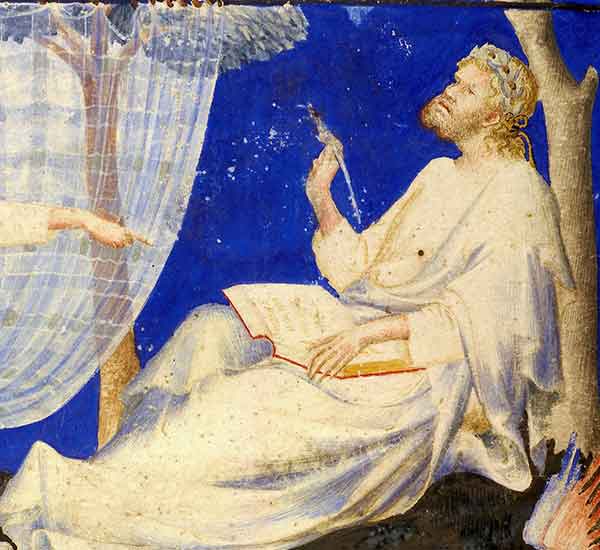PINACOTECA
The Pinacoteca Ambrosiana was established in April 1618, when Cardinal Federico Borromeo donated his collection of paintings…
Read moreThe Veneranda Biblioteca Ambrosiana was founded on 7 September 1607 by Cardinal Federico Borromeo. His was the original idea, consisting in the promotion of human and Christian values through science and culture in the service of the Catholic Church.
Starting from this inspiration, the Ambrosiana’s purposes are the training of the clergy, religious and laity, as well as spreading Christian culture and interreligious and intercultural dialogue, pursued in particular through the preservation, custody and enhancement of its Cultural Heritage (manuscripts, printed works, artworks, etc.).
The Veneranda Biblioteca Ambrosiana was founded on 7 September 1607 by Cardinal Federico Borromeo. His was the original idea, consisting in the promotion of human and Christian values through science and culture in the service of the Catholic Church.
Starting from this inspiration, the Ambrosiana’s purposes are the training of the clergy, religious and laity, as well as spreading Christian culture and interreligious and intercultural dialogue, pursued in particular through the preservation, custody and enhancement of its Cultural Heritage (manuscripts, printed works, artworks, etc.).
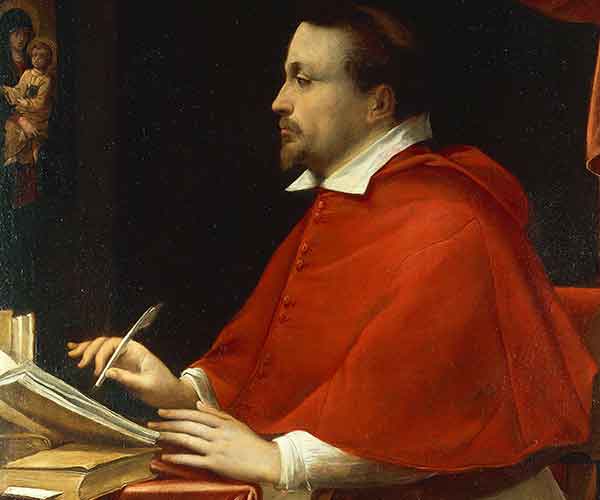
“Promoting the love of the True and Beautiful for the good of the people, the Church and society.” The words of the Archbishop of Milan, who is the Patron of the Ambrosiana and ultimately responsible for it, express the task of this ancient institution, embodied in the cultural and social context of our own time.
Read more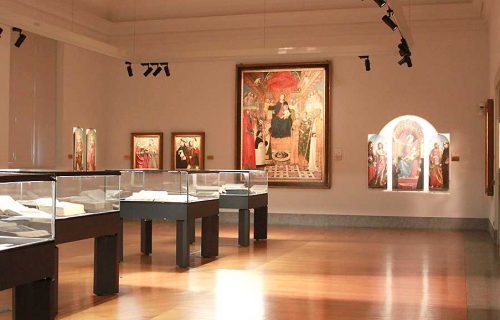
The Pinacoteca Ambrosiana was established in April 1618, when Cardinal Federico Borromeo donated his collection of paintings…
Read more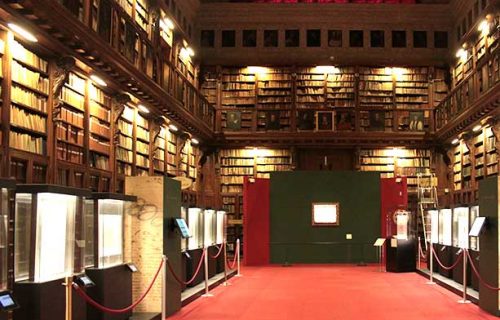
The Ambrosian Library, founded on 1607, was one of the earliest libraries to grant access to all who could read and write…
Read moreA treasure chest containing a Library, an Art Gallery and an Academy: three complementary bodies aimed at promoting a love for literature, the arts, science and beauty.
Read moreThe most magical and ancient places of Milan: the ancient Forum where Constantine, St. Ambrose, St.
Augustine and Theodosius walked, and the lower Church of Santo Sepolcro, built by the Crusaders… as
well as a colossal statue of St. Charles Borromeo on Lake Maggiore; a Museum-Home at the Sacro
Monte of Varese; a Foundation dedicated to the promotion of young artists: this is also the Ambrosiana!
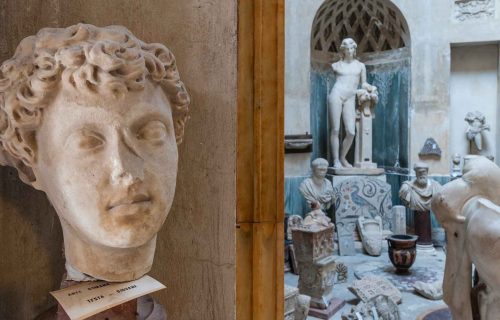
Lodovico Pogliaghi (1857-1950) was one of the most significant Lombard artists to live in the nineteenth and twentieth centuries.
Read more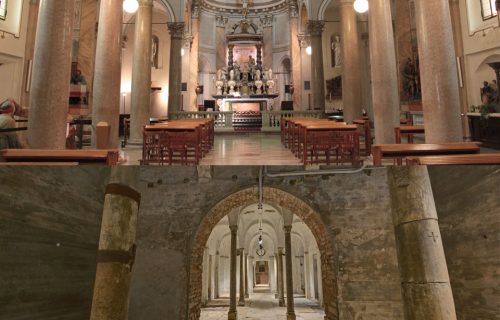
The church of San Sepolcro was founded in 1030, when a Milanese moneyer named Rozzone built a church on the ancient Roman forum.
Read more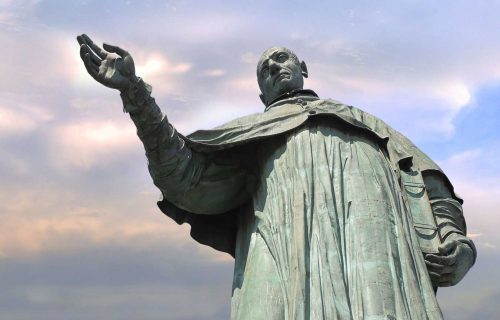
The Colossus of Saint Charles in Arona, which popular tradition has affectionately dubbed San Carlone, was created in the seventeenth century…
Read more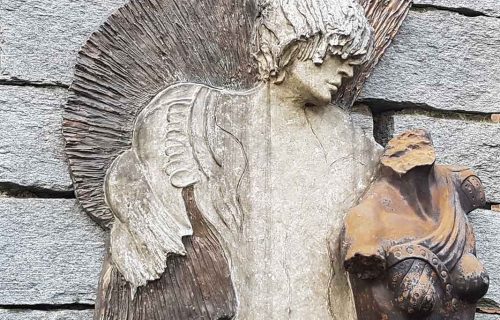
The Marco Mantovani Foundation seeks to preserve and enhance the works of the sculptor Marco Mantovani, as evidence of the life of an artist dedicated to sculpture and art.
Read more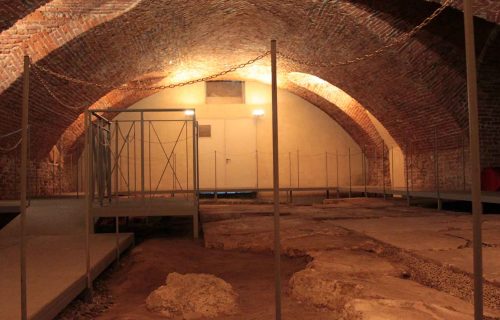
Between 1990 and 1992, archaeological excavations conducted underneath the ancient cellars of the Ambrosiana brought to light a portion of the pavement of the ancient Roman forum.
Read more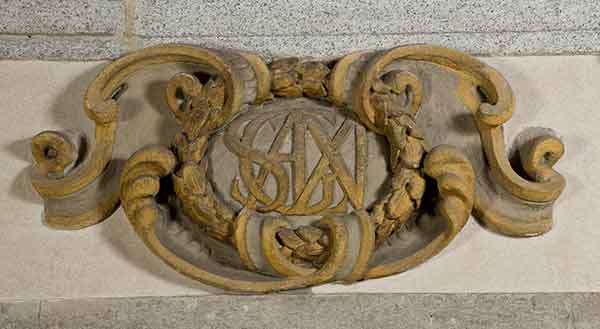
The brilliant intuition of Federico Borromeo – offering the Milanese a place dedicated to the growth of the person in the love of truth and the experience of beauty, drew from the start on the work of valid and enthusiastic collaborators. This led to the foundation of the Collegio dei Dottori (College of Fellows). Since 1607 it has guided the development of the Ambrosiana and preserved its existence and its inspirational values, giving a face, mind and heart to a place intended for an encounter between cultures and the people who embody them.
Read moreFederico Borromeo’s intuition underlies the division of tasks between the two governing bodies of the Ambrosiana: the cultural role of the College of Fellows is supported by the Congregation of Conservators, appointed to ensure the stability of its holdings and the Ambrosiana’s administrative life.
Read more